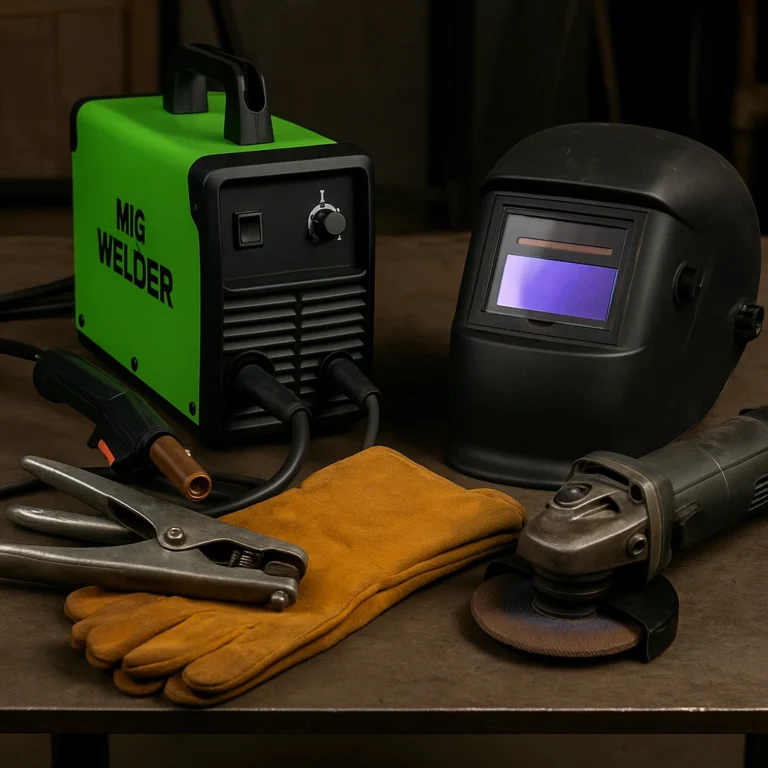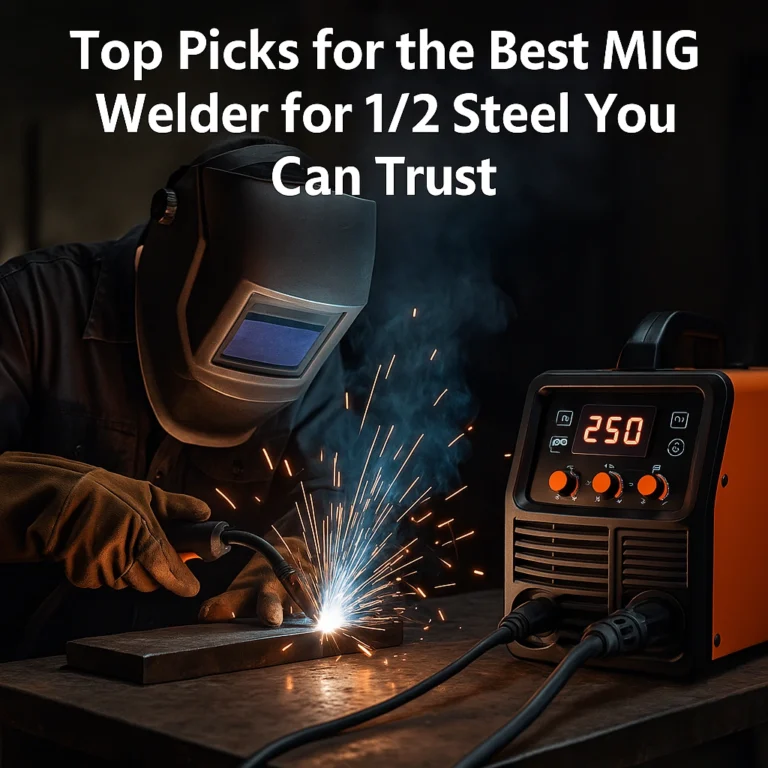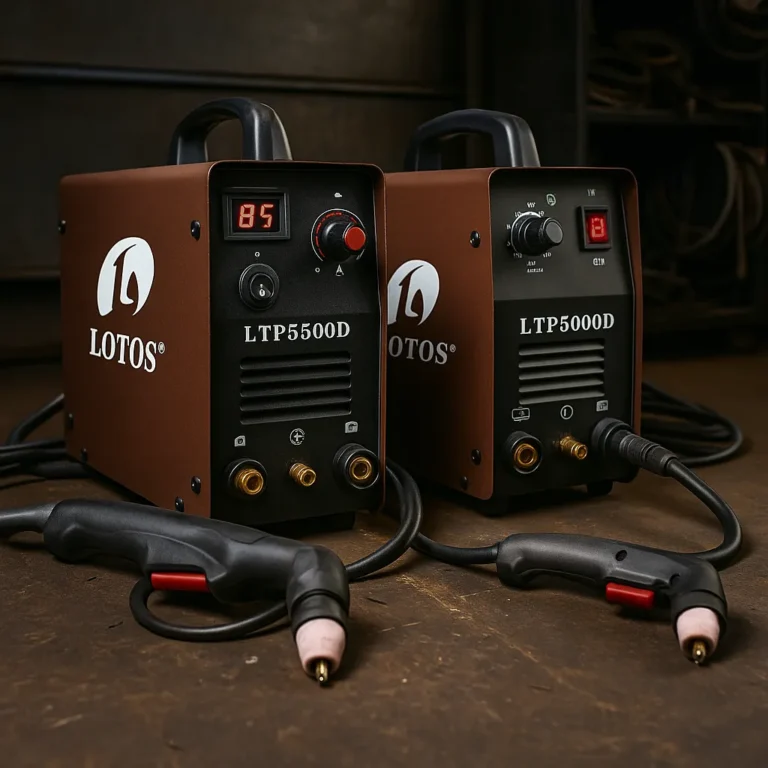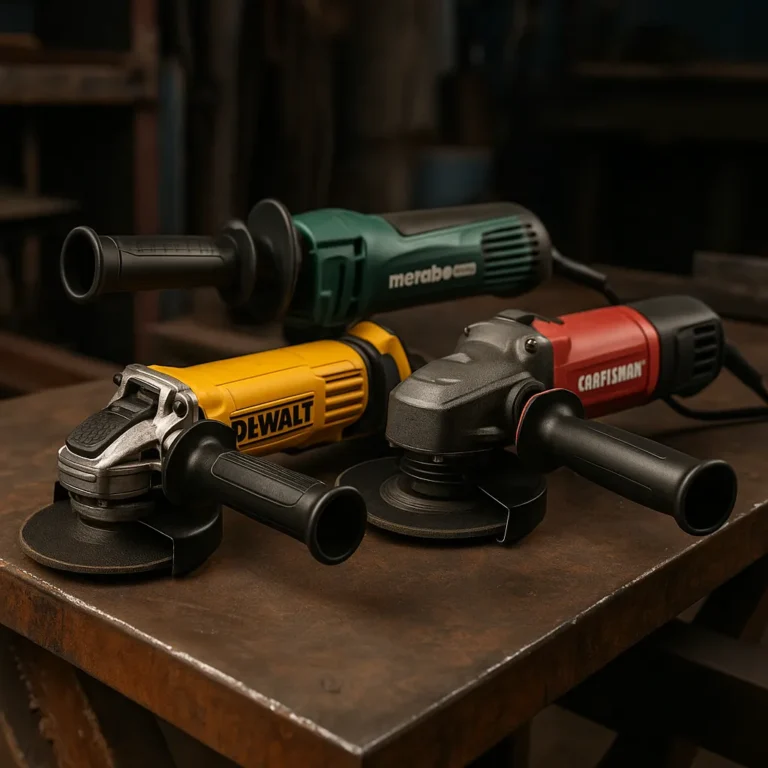Best Air Compressor for Sandblasting: Power Meets Precision
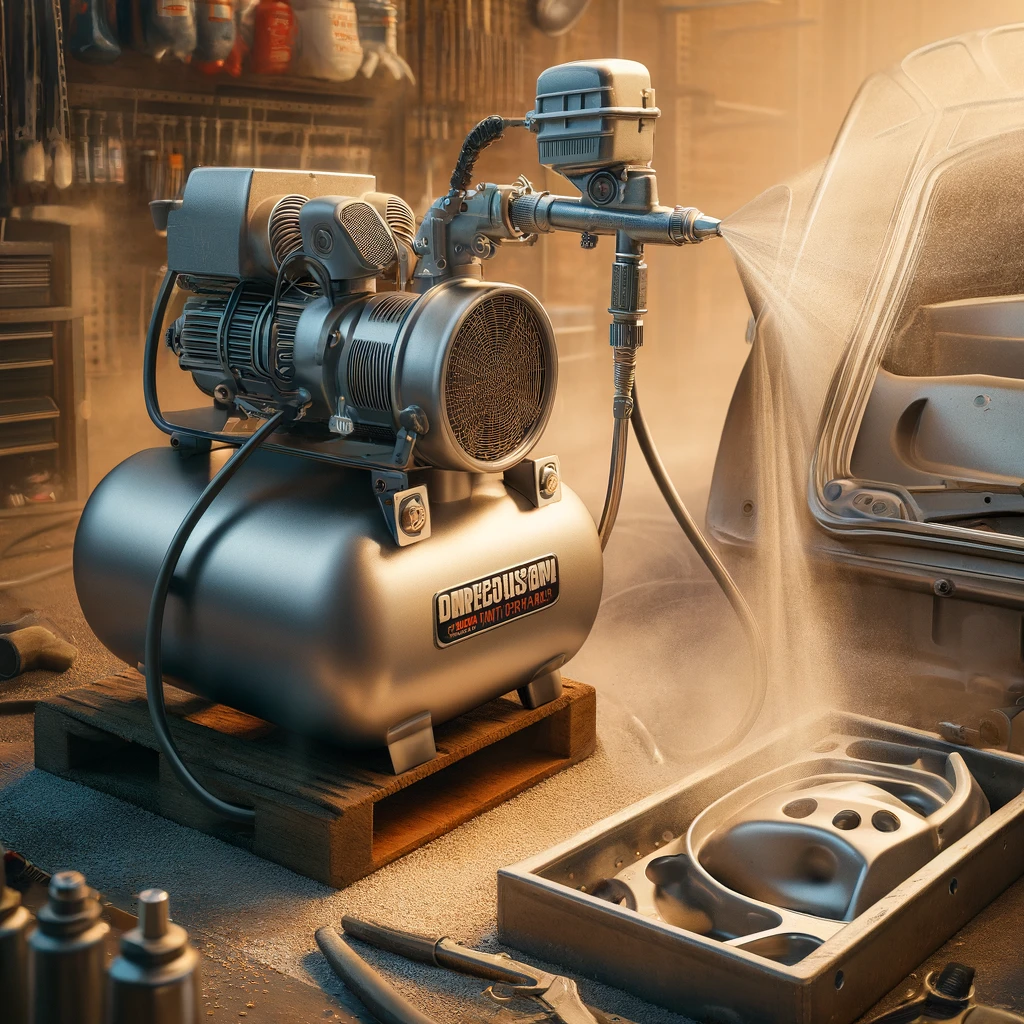
Disclosure: This post contains affiliate links. As an Amazon Associate, I earn from qualifying purchases—at no extra cost to you.
If you’ve ever tried sandblasting with an underpowered air compressor, you know the frustration—poor media flow, constant pressure drops, and a job that takes twice as long. Sandblasting is a demanding task, especially when prepping metal for welding or painting. That’s why choosing the right air compressor isn’t optional—it’s essential. Whether you’re cleaning up rusted farm gear, stripping paint from steel panels, or prepping welds, the compressor behind the blaster makes all the difference. So let’s dig into what makes the best air compressor for sandblasting and highlight three excellent options.
Limodot 8 Gallon Air Compressor Review
Don’t let the low decibel rating fool you—this 68dB Limodot compressor is as quiet as it is capable. With a solid 2.8 CFM at 90 PSI and an 8-gallon steel tank, it’s a smart option for light to moderate sandblasting tasks, especially if noise is a concern in your workspace.
Its oil-free pump keeps maintenance minimal, and the 1.2 HP motor is surprisingly efficient. While it might not power a heavy-duty blaster continuously, it’s excellent for intermittent work on small to mid-size metal parts, including weld prep or spot rust removal.
Garage welders, hobbyists, and weekend warriors will appreciate its quiet operation, compact footprint, and reliable performance for short blast cycles.
VEVOR 4.6 Gallon Air Compressor Review
This VEVOR unit stands out with a 4.6-gallon tank and 2.2 CFM at 90 PSI. It’s compact, oil-free, and ultra-quiet at 80dB—perfect for indoor use, auto shops, and smaller workspaces. The max pressure of 120 PSI gives it just enough punch for spot blasting, and it’s easily portable.
While it’s not ideal for heavy blasting sessions, it’s great for precise touch-ups, cleaning weld beads, or stripping small areas prior to painting. If your sandblasting needs are limited to auto restoration or occasional prep work, this unit gets the job done without breaking your budget—or your ears.
CRAFTSMAN 8 Gallon Air Compressor Review
Need more punch? The CRAFTSMAN 8-gallon compressor steps it up with a 1.8 HP motor, a max pressure of 150 PSI, and a steady CFM output that holds up under longer sandblasting sessions. It’s oil-free, portable, and reliable, making it ideal for shops that do light—to medium-duty blasting on a regular basis.
This compressor pairs well with siphon-feed or gravity-feed sandblasting cabinets and is strong enough to clean up welds, remove scale, or strip paint from frames. If you’re serious about prepping your metal before welding or painting, this one deserves a place in your shop.
What to Look for in a Sandblasting Compressor
- CFM Rating: For small-scale work, you’ll want a compressor that delivers at least 2.0–3.0 CFM at 90 PSI. Larger tasks need 5.0+ CFM.
- Tank Size: Bigger tanks (6–20 gallons) help maintain steady pressure during longer blasting sessions.
- Noise Level: Look for anything under 80dB if you’re working indoors or in a shared space.
- Oil-Free vs. Oil-Lubed: Oil-free models require less maintenance. Oil-lubed units tend to last longer under continuous use.
Conclusion: Match Your Compressor to Your Workload
The best air compressor for sandblasting isn’t necessarily the biggest—it’s the one that fits your workflow. For quick weld-prep jobs or rust touch-ups, the Limodot or VEVOR units offer compact, quiet performance. But if you’re blasting frames, prepping panels, or doing routine metalwork, the CRAFTSMAN 8 Gallon brings the power and reliability you need.


